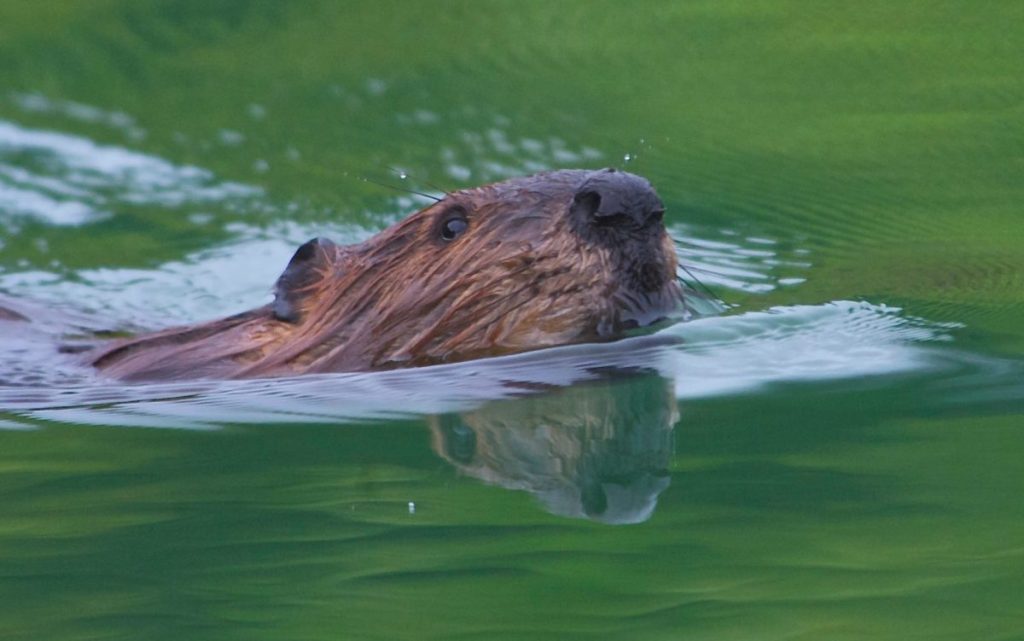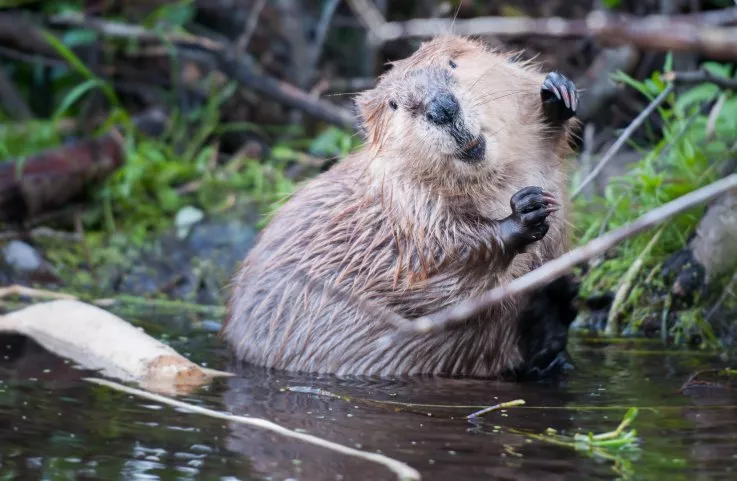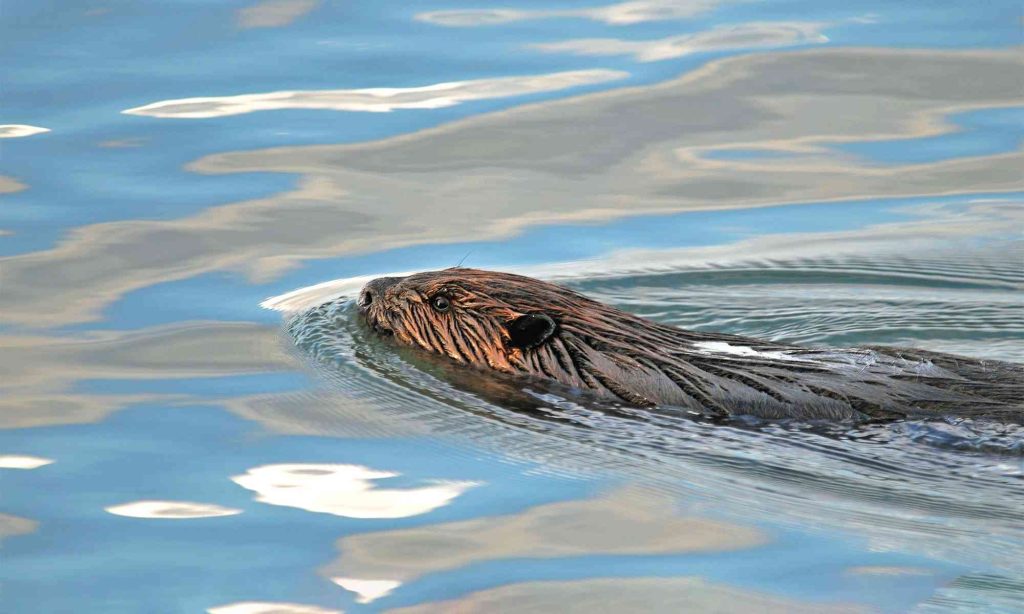Introduction: Beavers (Castor canadensis) are fascinating creatures known for their incredible ability to transform their environment. These semi-aquatic mammals have evolved a wide array of physical adaptations that allow them to thrive in their unique habitat. In this comprehensive guide, we will explore the various physical adaptations of beavers, focusing on their specialized body structure, fur, teeth, tail, and webbed feet. By understanding these adaptations, we can appreciate how beavers have successfully adapted to their environment and ensure their survival.

I. Specialized Body Structure:
- Size and Weight: Beavers are the largest rodents in North America, with adults typically reaching lengths of 2 to 3 feet and weighing between 30 to 70 pounds. Their large size provides them with the necessary strength to manipulate and construct their intricate dams and lodges.
- Powerful Legs and Claws: Beavers have short, stocky legs with webbed feet that are perfectly adapted for swimming and diving. Their front legs are equipped with strong claws that aid in digging, manipulating objects, and constructing their lodges.
- Dense Bones: Beavers possess incredibly dense bones, particularly in their front limbs and skull. This density provides structural strength and aids in the beaver’s ability to gnaw through trees with ease.
II. Insulating Fur:
- Double Layered Fur: Beavers have a unique double-layered fur coat that helps insulate them in both water and on land. The outer layer consists of long, waterproof guard hairs, while the underlayer comprises soft, dense fur that traps air close to the body. The trapped air acts as an insulating layer, keeping the beaver warm in cold water and air temperatures.
- Glandular Secretions: Beavers possess special scent glands near the base of their tail that secrete an oily substance called castoreum. This substance waterproofs their fur, preventing water from reaching their skin and helping to maintain body temperature.
III. Specialized Teeth:
- Incisor Teeth: Beavers have incredibly strong and continuously growing incisors. These front teeth are self-sharpening due to their enamel being harder on the front surface than the back. The incisors are perfect for gnawing through trees and vegetation, allowing beavers to construct dams, lodges, and food stores.
- Orange Enamel: The enamel on beaver’s teeth contains iron, which gives them an orange color. This iron-infused enamel makes their teeth highly resistant to wear and tear, enabling beavers to gnaw through tough tree trunks and branches with ease.

IV. Remarkable Tail:
- Flattened and Scaly Tail: Beavers possess a unique and striking tail, which is flattened and covered in scales. The tail serves multiple functions, including balance, communication, and as a tool for manipulating objects. The scales on the tail provide protection and minimize water resistance when swimming.
- Fat Storage: The tail also acts as a fat storage site, allowing beavers to store energy reserves during the winter when food sources may be scarce. The fat reserves in their tail provide a vital energy source during the colder months.
V. Webbed Feet:
- Adapted for Swimming: Beavers have webbed hind feet that are ideal for swimming. The webbing between their toes increases surface area, providing better propulsion and maneuverability in the water.
- Efficient Movement on Land: While primarily adapted for aquatic life, beavers are also capable of moving on land. Their webbed feet are flexible, allowing them to walk on muddy surfaces and navigate through vegetation more easily.

Beavers exemplify the incredible capabilities of evolution, as their physical adaptations perfectly align with their unique semi-aquatic lifestyle. From their robust body structure and powerful limbs to their insulating fur, specialized teeth, striking tail, and webbed feet, every aspect of a beaver’s physical makeup is finely tuned for survival in their environment. By utilizing these adaptations, beavers are not only able to engineer their habitat but also thrive within it. Understanding and appreciating these remarkable physical adaptations allow us to better protect and appreciate these fascinating creatures in their natural ecosystems.